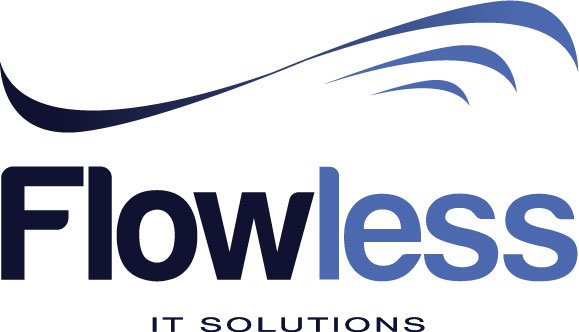The Scrum Master ensures that a Scrum team follows the practices and values of Scrum. They help the team do the best work they can. The role of the Scrum Master is often assumed by a technical team leader or former project manager, but anyone can become a Scrum Master.
The Scrum Master is not only considered a coach, but also a process owner as they establish a balance with the main stakeholder (often called the product owner) of the project. He does anything possible to ensure the team’s highest level of performance.
This includes working with the main stakeholder, facilitating meetings and eliminating hindrances to the project’s progress to ensure the product backlog is in great condition and well-prepared for the ensuing sprint. The Scrum Master is also seen as the team’s protector. He ensures that the team doesn’t overcommit themselves to what they can do during a sprint because of pressure from a very aggressive product owner.
While the Scrum Master may not have authority over members of the Scrum team, he does have power over the process. He can say what needs to be done during the duration of the project. The Scrum Master helps the team use Scrum. Their assistance is similar to a personal fitness trainer who helps you perform the right exercises and stick to your program. He will not only motivate you, but also ensure that you don’t cheap by not doing a particularly hard exercise. The authority of the fitness trainer is limited as he cannot force you to do an exercise you hate. The fitness trainer will remind you of your objectives and how you have decided to achieve them. That is the authority of the fitness trainer that was given by you. For a Scrum Master, he has authority. However, his authority is given to him by the team.
He can say that the team is supposed to deliver fully functional software at the end of every sprint. If the team failed, the Scrum Master can ask about what can be done to make sure that they’ll perform well next time. This is the Scrum Master using power over the process. If the team failed to provide potentially shippable software, something has gone wrong. Since the authority of the Scrum Master doesn’t go beyond process, he should not ask a member of the team to review all codes because they failed to provide something possibly shippable. While it might be a good idea to ask a team member to review the code, the Scrum Master cannot really make that decision. It is not in the scope of his authority. In other words, the authority of the Scrum Master is limited to ensuring the team adheres to the process. It’s safe to say that his role can be harder than that of a normal project manager. The project manager can tell the team to do something because it’s his decision. The Scrum Master, on the other hand, is limited to ensuring that the team follows Scrum.
Slimane Zouggari


You must be logged in to post a comment.